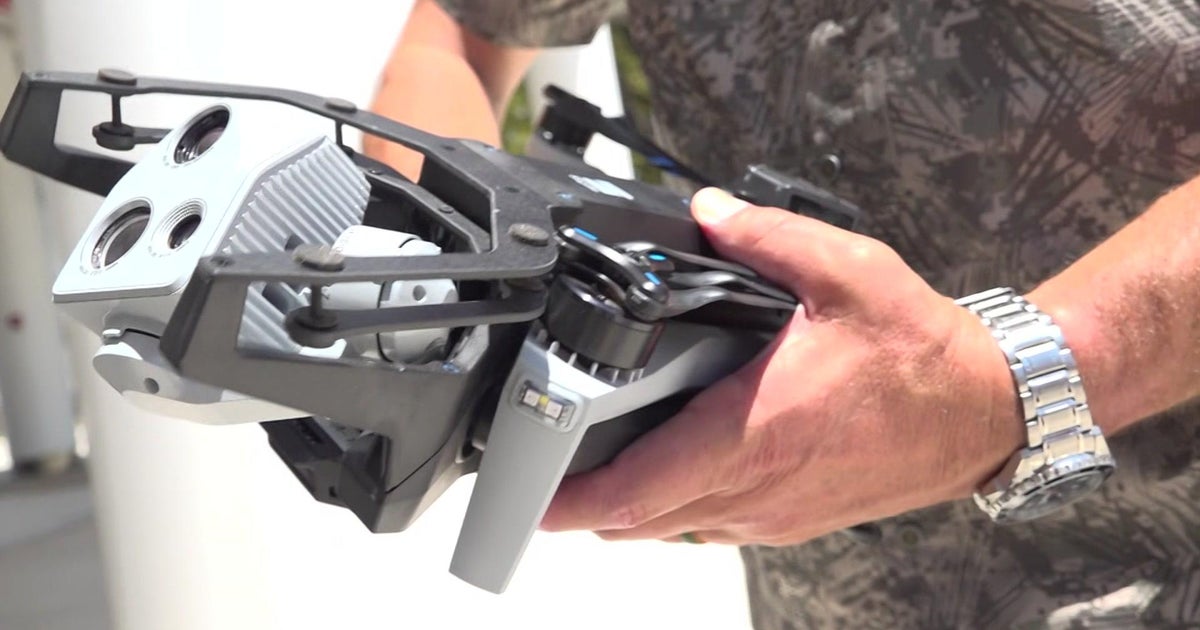Extratropical, Subtropical, And Tropical Storms, What Is The Difference?
MIAMI (CBSMIAMI) -- You may have heard meteorologists talk about a subtropical storm or about an extratropical storm. And you've heard about tropical storms but how does one distinguish these types of storms from each other?
So here is your chance to dive in and learn the differences.
First and foremost, tropical storms have the capability to quickly develop and grow into hurricanes. Extratropical and subtropical storms do not have the same capability as each of their strengthening processes is more gradual.
However, to really understand the differences between the three types of storm systems, we must know the characteristics that define a tropical storm. First, a tropical storm has a warm core. This means that the air inside and around the center of the storm is warmer than the air surrounding it. Also, a tropical storm will have organized thunderstorm activity near the center and maximum sustained winds of at least 39 mph. These winds inside a tropical storm can increase as high as 73 mph. When maximum sustained winds are greater than 73 mph, then the tropical storm is classified as a hurricane.
We now know what defines a tropical storm, so let's learn more about what defines an extratropical storm and subtropical storm.
We'll begin with the core of an extratropical storm which is made up of cold air, the opposite of a tropical storm. Extratropical storms always have one or more fronts connected to them. When it comes to its wind speed, the storm system can have winds as weak as tropical depression, 30 mph winds, or as strong as a hurricane. Some examples of an extratropical storm are Nor'easters, ordinary low-pressure systems, and blizzards.
An extratropical storm that is moving over the Atlantic Ocean has the chance to gain a warm core over time. If the right environment is available to sustain its further development, the intensification is expected to be slow. When an extratropical storm achieves a warm core, it is then called a subtropical depression or subtropical storm. This is dependent on the strength of the winds.
So, what makes a subtropical storm different from the other two classifications already explained?
The National Hurricane Center defines a subtropical storm as "a non-frontal low-pressure system that has characteristics of both tropical and extratropical." This means that a subtropical storm does not have fronts attached and it may be warm core or cold core. Subtropical storms also tend to be short-lived storms.
When it comes to a subtropical storm, we expect its center to be large and cloud-free. The maximum sustained wind speed that is generated is as strong as a tropical storm. However, these winds occur further away from the center of a subtropical storm and its wind field is less symmetrical when compared to a tropical storm. In addition, one of the biggest differences between the two types of systems is the amount of rain produced. A subtropical storm tends to produce much less than a tropical storm.
If a subtropical storm's wind speeds strengthen to hurricane-force, then it has transitioned to be fully tropical. At this point, it is called a hurricane since there is no such thing as a subtropical hurricane.
This closes today's weather lesson and I hope you enjoyed it. As the 2021 hurricane season begins, make sure to stay up to date on the tropics with your CBS4 Weather Team here on cbsmiami.com.



